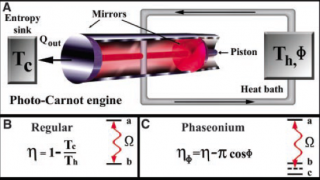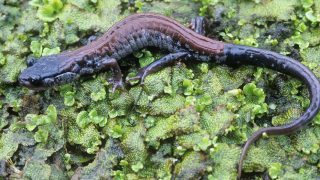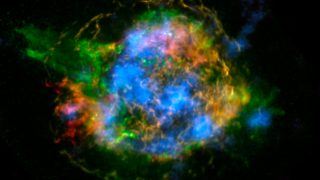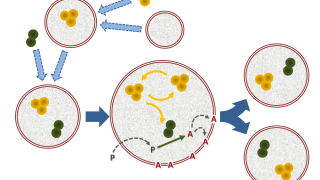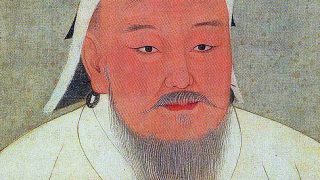
The forgotten third and cosmic inflation
In the last days there has been an important breakthrough in physics and particularly in cosmology due to the publication of the results of the BICEP2 collaboration on the measure of certain polarization of the Cosmic Microwave Background (CMB) we refer to as B-modes. These modes are thought to be sensible to the density of […]

